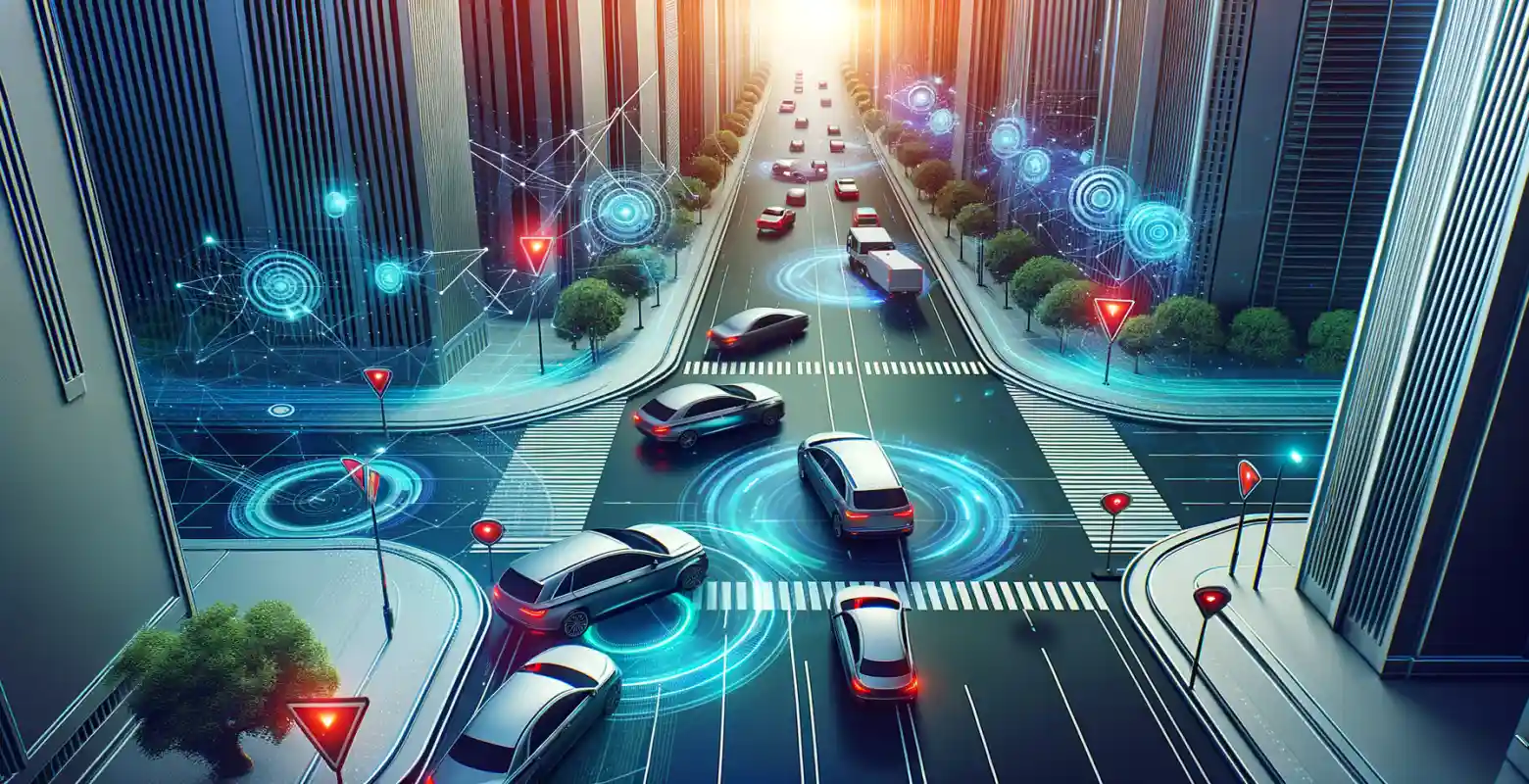Modern collision protection systems
Introduction
Contemporary automotive industry is developing at an incredible pace, and one of the key areas of progress is safety. Modern collision protection systems are technologies aimed at reducing the number of road accidents and increasing the safety of all road users. In an era where the number of vehicles on the roads is increasing and the pace of life is accelerating, collision protection has become a key aspect of vehicle design and operation. In this post, we will explore various aspects of these systems, their history, current trends, as well as the future, challenges they face.
History of Collision Protection Systems
The beginnings of collision protection systems date back to the 1950s when the first safety belts were introduced. Over the years, these technologies have evolved, introducing increasingly advanced systems, such as airbags in the 1980s and ABS (Anti-lock Braking System). Each of these inventions has significantly contributed to improving road safety, reducing the risk of serious injuries and death in accidents.
Technologies Used in Modern Collision Protection Systems
Currently, modern collision protection systems utilize advanced technologies such as radar sensors, cameras, lidar, and V2X (Vehicle-to-Everything) communication systems. Radar and lidar enable precise monitoring of the vehicle's surroundings and real-time obstacle detection, while cameras provide detailed visual information that is analyzed by advanced algorithms.
Driver Assistance Systems (ADAS)
Advanced Driver Assistance Systems, known as ADAS, are a set of technologies designed to facilitate vehicle operation and increase safety. Some of the most popular ADAS systems include:
Automatic Emergency Braking (AEB): Detects obstacles on the road and automatically activates the brakes if the driver does not react in time.
Lane Keeping Assistant (LKA): Helps the driver maintain the vehicle in the correct lane, warning of unintended lane departures.
Adaptive Cruise Control (ACC): Maintains a safe distance from the preceding vehicle, automatically adjusting the speed.
Benefits and Challenges of Modern Collision Protection Systems
Modern collision protection systems offer a range of benefits, such as reducing the number of accidents, protecting lives and health, as well as lowering insurance costs. However, there are also challenges associated with their implementation and operation.
One of the main challenges is the high cost of technology. Many advanced systems are expensive to produce and install, which can raise vehicle prices, making them less accessible to the average consumer.
Another challenge is technological complexity and the need to ensure the reliability and safety of these systems. Malfunctions or operational errors can lead to dangerous situations, so manufacturers must strive for the highest quality standards.
Future of Collision Protection Systems
The future of collision protection systems looks promising. Engineers and scientists are constantly working on new solutions that will further reduce the risk of accidents. Autonomous vehicles are one of the key areas of development where collision protection technologies play a crucial role.
With the advancement of artificial intelligence and machine learning, these systems will be able to analyze road situations even better and make decisions in fractions of a second, contributing to even greater safety.
Summary
Modern collision protection systems play a key role in ensuring safety on the roads. Thanks to advanced technologies such as ADAS, drivers can enjoy greater comfort and confidence while driving. Despite certain challenges and costs associated with their implementation, the benefits of using them are invaluable. As these technologies continue to evolve, we can expect even more advanced and reliable systems that will further improve road safety. We encourage you to follow technological innovations and consider choosing vehicles equipped with these modern systems to ensure your safety and the safety of other road users.






Number of comments: 0